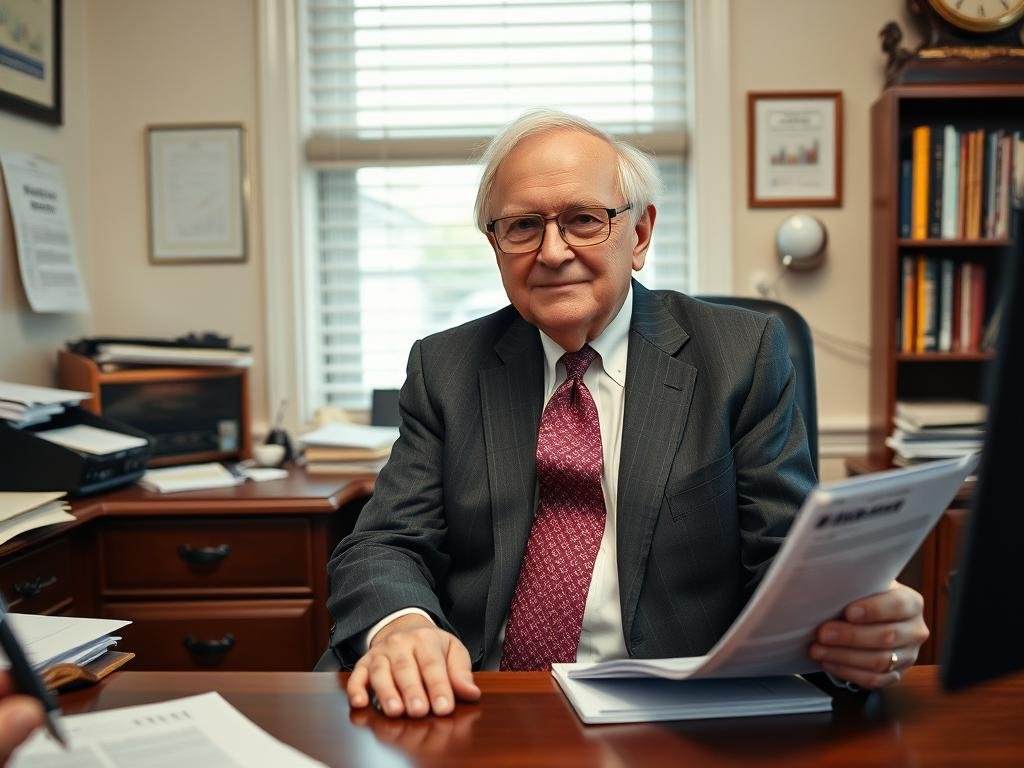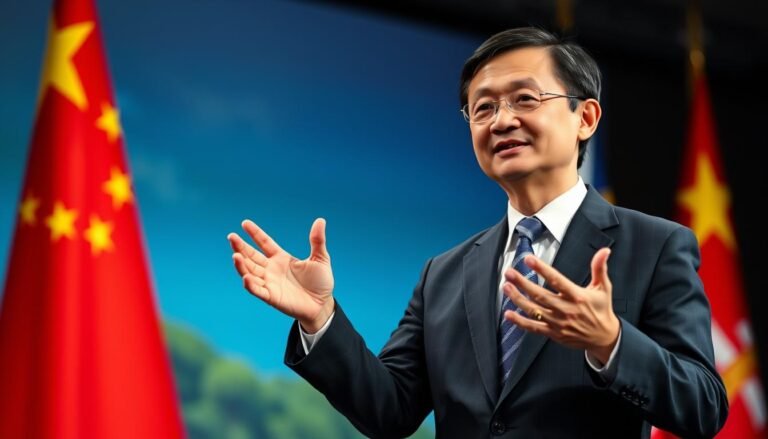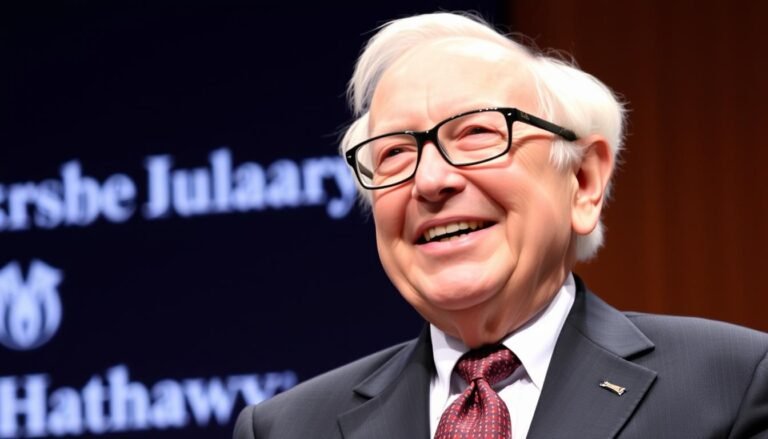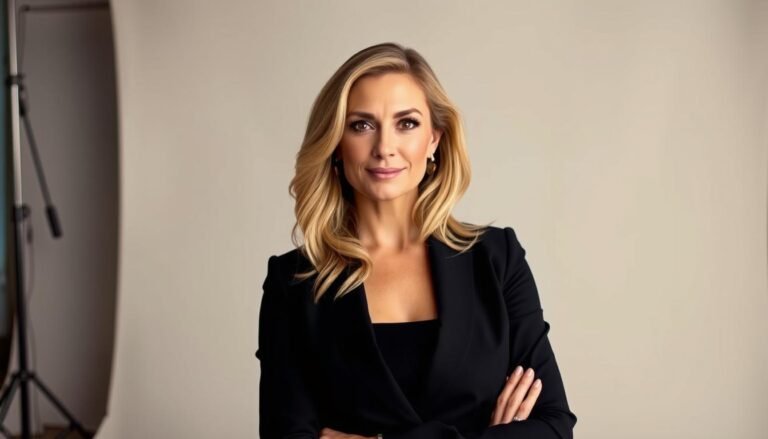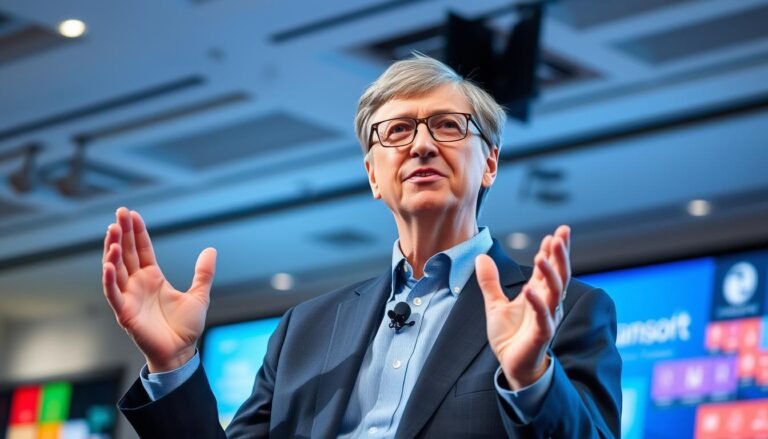Warren Buffett – The Oracle of Omaha: Wisdom, Wealth, and Legacy
If you had invested just $100 in Berkshire Hathaway when Warren Buffett took control in 1965, that investment would be worth over $2.4 million today. This astonishing return exemplifies why Buffett earned the moniker “Oracle of Omaha” – a title that speaks to his almost mystical ability to predict market movements and identify undervalued companies from his modest headquarters in Omaha, Nebraska.
But what makes this unassuming midwestern businessman one of history’s greatest investors? How did his straightforward principles create such extraordinary wealth? And most importantly, what lessons can we apply to our own financial journeys?
The Making of the Oracle of Omaha
Buffett’s modest Omaha headquarters belies his status as one of the world’s wealthiest investors
Born in 1930, Warren Buffett displayed an extraordinary aptitude for numbers and business from childhood. By age 11, he purchased his first stock – three shares of Cities Service Preferred. By 13, he was working as a paperboy, filing his first tax return and deducting his bicycle as a business expense.
The nickname “Oracle of Omaha” emerged in financial circles during the 1980s as Buffett’s remarkable track record gained wider recognition. Unlike most financial titans who operated from Wall Street’s gleaming towers, Buffett chose to remain in his hometown of Omaha, Nebraska, running Berkshire Hathaway from a modest office with a small team.
The “Oracle” title stuck for good reason – Buffett’s ability to foresee value where others couldn’t seemed almost prophetic. When he invested $1 billion in Coca-Cola in 1988, many questioned putting so much into a century-old beverage company. That stake is now worth over $25 billion.
What makes the nickname particularly fitting is Buffett’s communication style. Like the oracles of ancient Greece, he delivers wisdom in memorable, quotable insights that distill complex financial concepts into accessible language. His annual shareholder letters are studied like sacred texts by investors worldwide.
The Pillars of Buffett’s Investment Philosophy
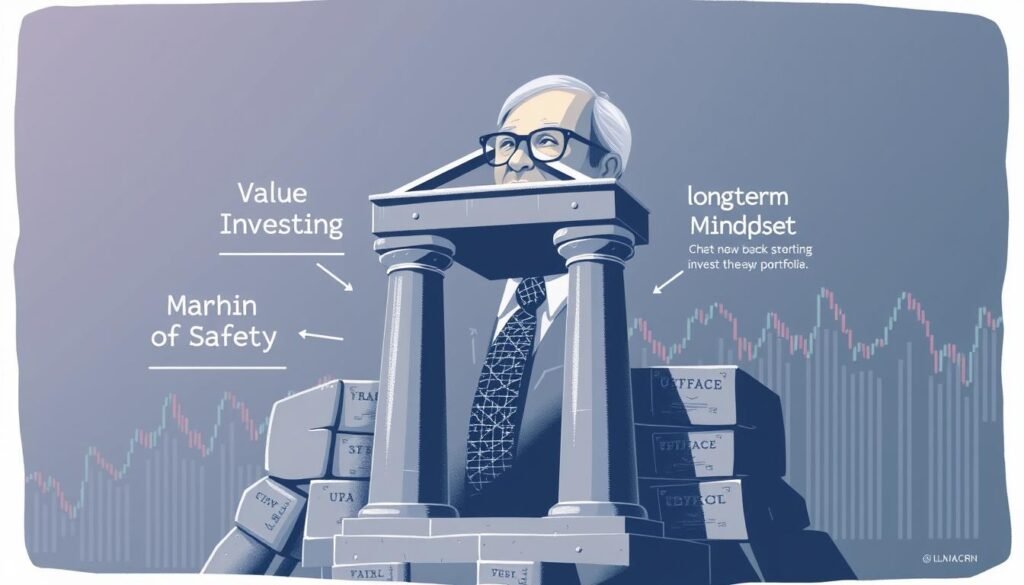
Buffett’s approach to investing resembles planting oak trees rather than harvesting annual crops. While most investors chase quarterly returns, Buffett focuses on decades-long growth. This patient capital allocation strategy forms the foundation of his success.
Value Investing: Finding Diamonds in the Rough
At the core of Buffett’s philosophy lies value investing – a concept he learned from his mentor Benjamin Graham at Columbia Business School. Like a savvy antique dealer who spots a priceless item at a yard sale, Buffett searches for businesses trading below their intrinsic value.
“Price is what you pay, value is what you get,” Buffett often reminds investors. This distinction is crucial – he’s not looking for cheap stocks, but for companies whose market price doesn’t reflect their true worth.
The Margin of Safety Principle
Another Graham-inspired concept, the margin of safety acts as Buffett’s insurance policy against investment errors. Think of it as building a bridge designed to hold 30,000 pounds when only 10,000 pounds will ever cross it. By only investing when there’s a significant gap between price and value, Buffett protects himself from analytical mistakes and market volatility.
“Rule No. 1: Never lose money. Rule No. 2: Never forget rule No. 1.” This famous Buffett quote encapsulates his commitment to capital preservation through maintaining adequate safety margins.
The Long-Term Mindset
Perhaps most countercultural in today’s fast-paced market is Buffett’s extraordinary patience. “Our favorite holding period is forever,” he states, approaching stock ownership as a business partnership rather than a trading opportunity.
This long-term perspective allows Buffett to weather market storms that sink short-term investors. During the 2008 financial crisis, while others panic-sold, Buffett invested billions in companies like Goldman Sachs and General Electric, securing favorable terms that later yielded massive returns.
Master Value Investing Like Buffett
Want to apply Buffett’s principles to your own portfolio? Download our free guide “Value Investing: The Buffett Way” and learn how to identify undervalued companies with strong fundamentals.
Landmark Moments in Buffett’s Career
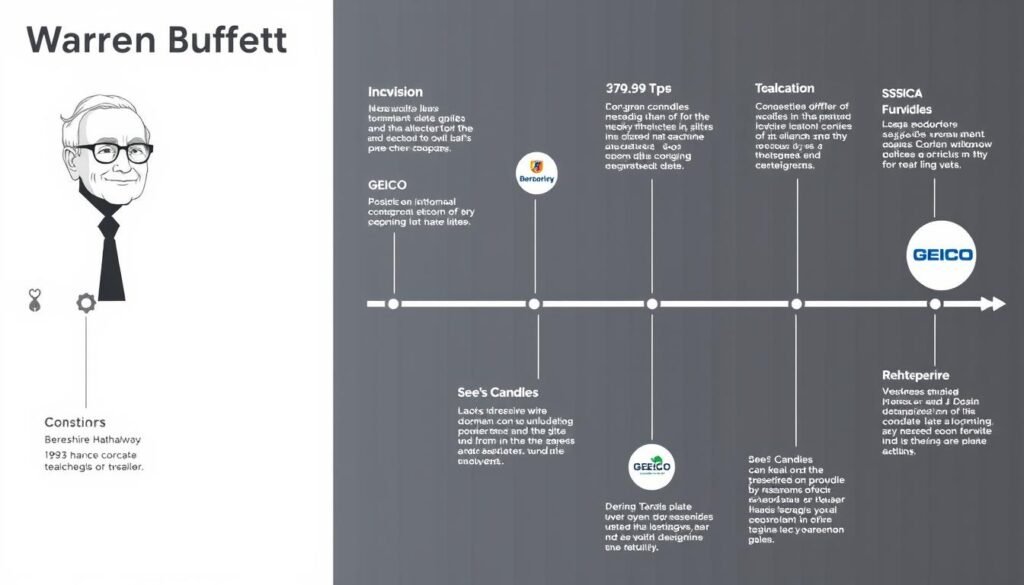
The Berkshire Hathaway Takeover (1965)
What began as a short-term investment in a struggling textile mill became the defining move of Buffett’s career. After a disagreement with Berkshire’s management over the share repurchase price, Buffett acquired controlling interest and eventually transformed the company from a failing manufacturer into a global investment powerhouse.
This transformation is like turning a small corner grocery into a multinational supermarket chain – the original structure remains only in name, while the business itself has evolved into something entirely different and vastly more valuable.
The Acquisition of See’s Candies (1972)

Buffett’s $25 million purchase of See’s Candies marked a pivotal shift in his investment approach. Though the price seemed steep relative to the company’s book value, Buffett recognized the power of See’s brand and customer loyalty. This acquisition taught him the value of paying a premium for quality businesses with strong economic moats.
See’s has generated over $2 billion in profits since acquisition – an 80-fold return on investment. More importantly, it showed Buffett that sometimes the best investments aren’t the cheapest ones on paper.
GEICO Investment and Acquisition (1976-1996)
Buffett’s relationship with GEICO spans decades, beginning with a $1 million investment in 1951. By 1976, Berkshire owned one-third of the auto insurer, and in 1996, Buffett acquired the remaining shares for $2.3 billion.
GEICO exemplifies Buffett’s preference for the insurance industry, which generates “float” – premium dollars that can be invested before claims are paid. This financial leverage, when managed conservatively, creates a powerful engine for investment growth.
The Coca-Cola Investment (1988)
When Buffett invested $1.02 billion in Coca-Cola in 1988, it represented 35% of Berkshire’s portfolio – a massive concentration by conventional standards. This bold move demonstrated Buffett’s willingness to make large bets when he had high conviction.
The Coca-Cola investment showcases Buffett’s focus on companies with durable competitive advantages – in this case, a globally recognized brand, massive distribution network, and product that had remained essentially unchanged for a century.
The Man Behind the Billions: Personal Insights

Buffett still lives in the same Omaha home he purchased in 1958 for $31,500
Despite amassing a fortune exceeding $100 billion, Buffett maintains remarkably frugal habits that reflect his pragmatic Midwestern values. These personal anecdotes provide insight into the Oracle’s character and priorities.
The McDonald’s Breakfast Ritual
Each morning, Buffett stops at McDonald’s on his 5-minute drive to work. He makes his breakfast choice based on the stock market’s performance: $3.17 for a bacon, egg and cheese biscuit if he’s feeling prosperous; $2.95 for a sausage, egg and cheese if stocks are down; or $2.61 for two sausage patties when he’s being thrifty.
This routine highlights Buffett’s consistency and unpretentious nature – traits that carry over to his investment approach. As he puts it: “I’m not interested in cars and my goal is not to make people envious.”
The Same House Since 1958
While most billionaires own multiple mansions, Buffett still lives in the same modest five-bedroom home in Omaha that he purchased in 1958 for $31,500 (roughly $300,000 in today’s dollars). When asked why he hasn’t upgraded, Buffett simply replies, “I’m happy there. I’d move if I thought I’d be happier someplace else.”
This contentment with what he has, rather than constantly seeking more, reflects Buffett’s focus on intrinsic value over external appearances – a principle that guides his investment decisions as well.
The Ukulele Player
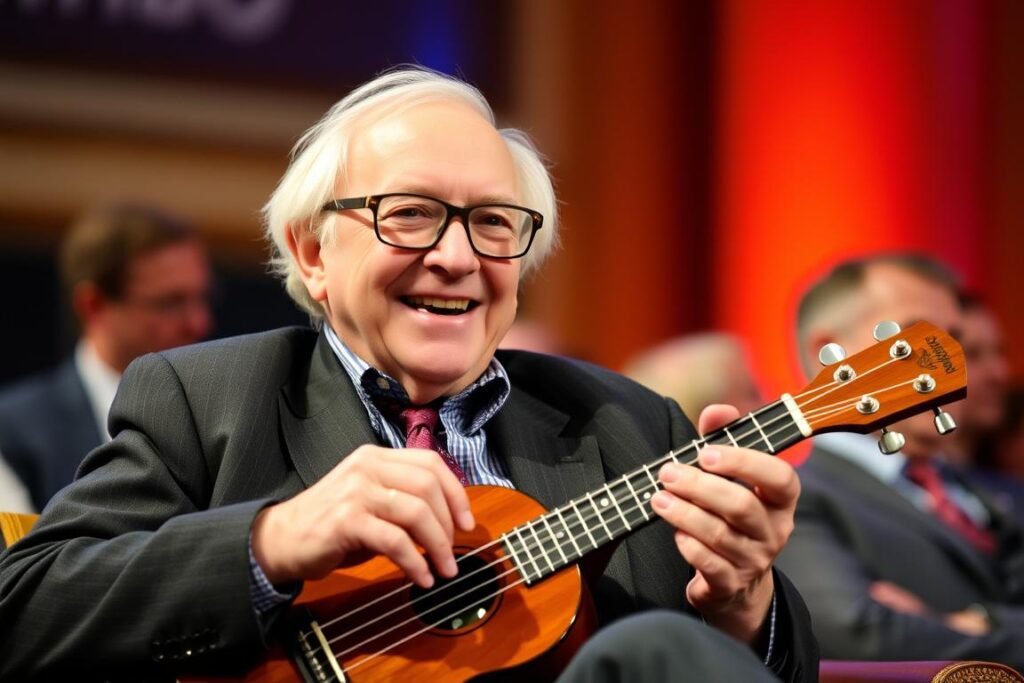
Buffett often entertains shareholders by playing the ukulele and singing at Berkshire’s annual meetings. This musical hobby showcases his playful side and willingness to be self-deprecating – a refreshing contrast to the typical corporate executive persona.
His humor extends to his business communications as well. Buffett’s annual letters are peppered with jokes and folksy wisdom, making complex financial concepts accessible and entertaining.
Timeless Wisdom: Buffett’s Most Impactful Quotes
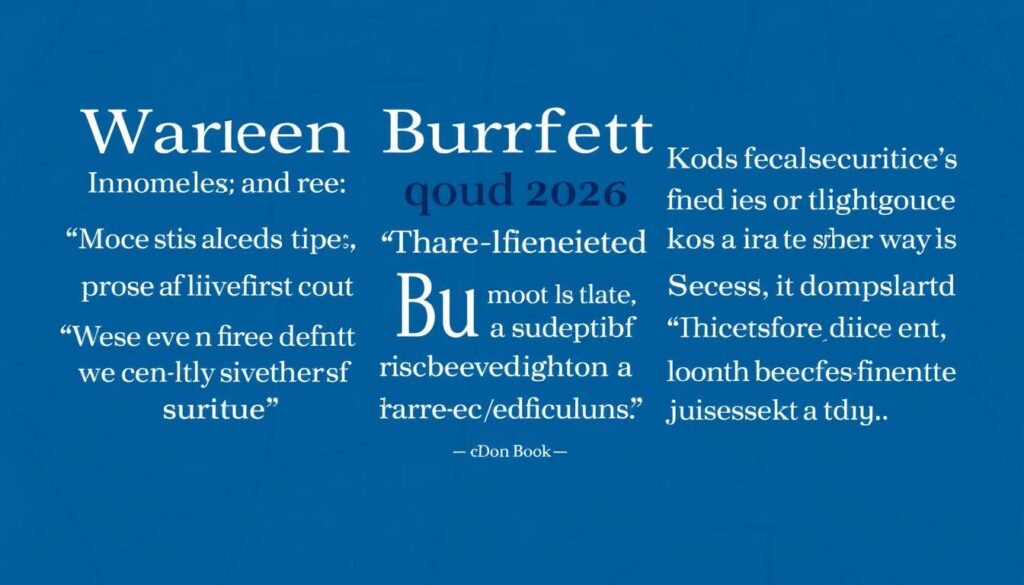
“Be fearful when others are greedy, and greedy when others are fearful.”
This contrarian approach encapsulates Buffett’s discipline to go against market sentiment. When investors panic-sold during the 2008 financial crisis, Buffett invested billions in companies like Goldman Sachs and Bank of America, securing favorable terms that later yielded massive returns.
“It’s far better to buy a wonderful company at a fair price than a fair company at a wonderful price.”
This evolution of Benjamin Graham’s strict value investing approach reflects Buffett’s growing appreciation for quality businesses with strong competitive advantages, even if they command a premium price.
“The most important investment you can make is in yourself.”
Buffett credits much of his success to his voracious reading habit – often consuming 500 pages daily. This self-improvement focus has allowed him to continuously expand his knowledge base and refine his investment approach.
“Risk comes from not knowing what you’re doing.”
This quote highlights Buffett’s emphasis on investing within your “circle of competence” – the areas you truly understand. It’s why he largely avoided technology stocks for decades, despite their growth potential.
“Someone’s sitting in the shade today because someone planted a tree a long time ago.”
Perhaps no quote better captures Buffett’s long-term perspective. Like planting trees that will provide shade for future generations, Buffett’s investment decisions focus on creating enduring value rather than quick profits.
Buffett’s Rules of Success
- Invest in what you understand – stay within your circle of competence
- Look for businesses with durable competitive advantages (“moats”)
- Focus on companies with consistent earnings and high returns on equity
- Demand a margin of safety between price and intrinsic value
- Think like a business owner, not a stock trader
- Be patient – great investments are rare and require discipline
- When the market offers exceptional opportunities, be willing to act decisively
The Giving Pledge: Buffett’s Philanthropic Legacy
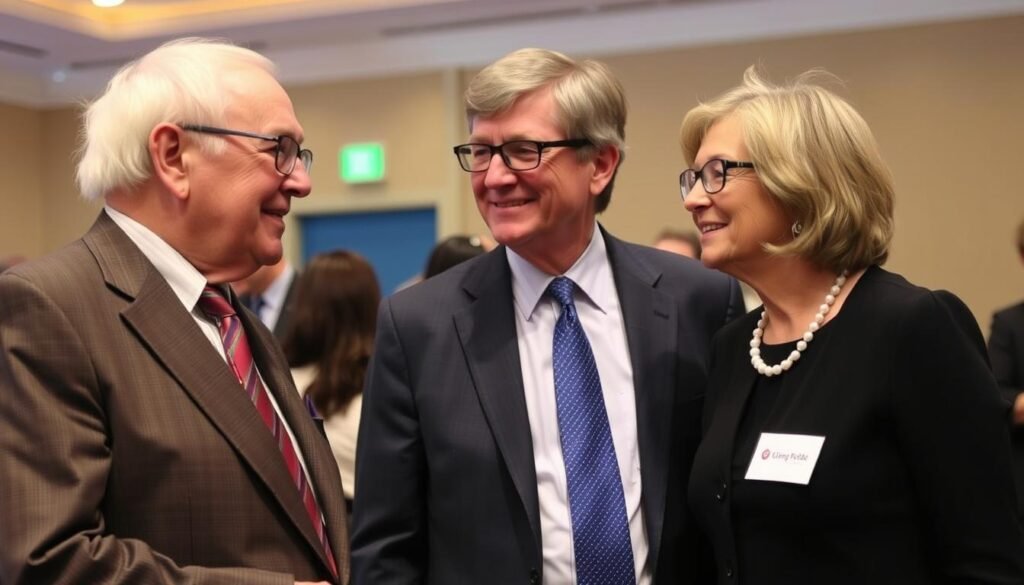
In 2006, Buffett made a historic announcement: he would donate 85% of his Berkshire Hathaway shares to five foundations, with the largest portion going to the Bill & Melinda Gates Foundation. This commitment, valued at approximately $37 billion at the time, represented the largest charitable donation in U.S. history.
Buffett’s giving philosophy mirrors his investment approach – methodical, focused on maximizing impact, and built for the long term. Rather than creating his own foundation, he chose to channel funds through existing organizations with proven track records, particularly the Gates Foundation’s work in global health and education.
In 2010, Buffett partnered with Bill and Melinda Gates to create the Giving Pledge – a commitment by the world’s wealthiest individuals to donate the majority of their wealth to philanthropy. To date, over 200 billionaires from 25 countries have signed the pledge, potentially directing hundreds of billions of dollars toward charitable causes.
Buffett’s pledge to give away 99% of his wealth stands in stark contrast to the typical billionaire’s estate planning. When asked about leaving money to his children, Buffett famously said he wanted to give them “enough to do anything, but not enough to do nothing” – a philosophy that balances opportunity with the importance of self-reliance.
“If you’re in the luckiest 1% of humanity, you owe it to the rest of humanity to think about the other 99%.”
Reshaping Modern Investing: The Oracle’s Enduring Impact
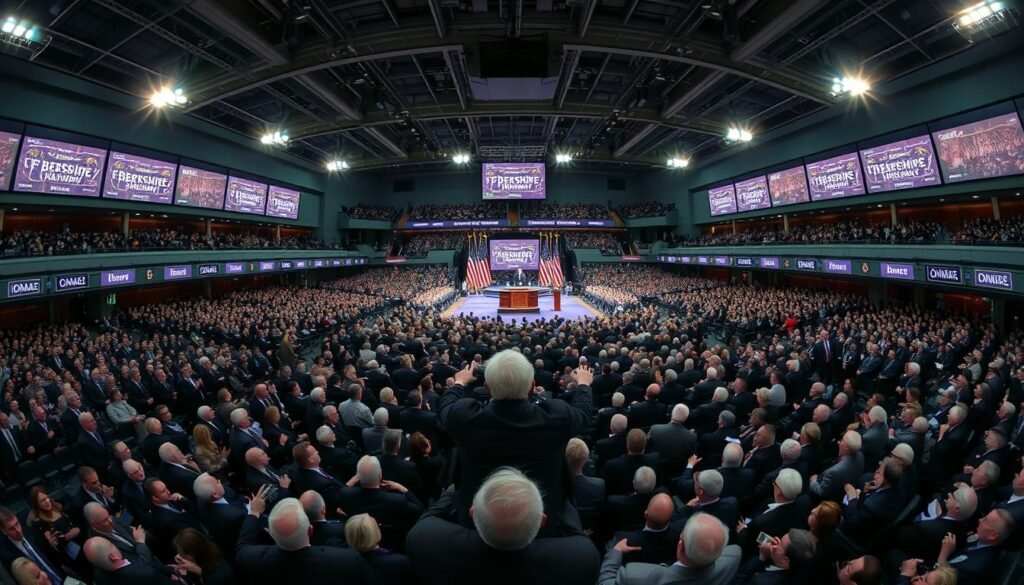
Thousands attend Berkshire Hathaway’s annual meeting, nicknamed the “Woodstock of Capitalism”
Warren Buffett’s influence on modern investing extends far beyond his personal fortune. Like a master chef who has fundamentally changed how we think about cooking, Buffett has transformed investment practices and corporate governance in several key ways:
Popularizing Value Investing
While Benjamin Graham laid the theoretical foundation for value investing, Buffett brought these principles to the mainstream. His track record legitimized focusing on fundamentals rather than market trends, influencing generations of investors from Wall Street professionals to Main Street retirement savers.
Elevating Shareholder Communications
Buffett’s annual letters to shareholders set a new standard for transparency and clarity in corporate communications. Unlike the typical jargon-filled annual report, Buffett writes in plain language, explains mistakes candidly, and avoids financial doublespeak. This approach has pressured other CEOs to communicate more honestly with their investors.
Challenging Wall Street Conventions
Throughout his career, Buffett has questioned industry practices like excessive executive compensation, financial engineering, and short-term profit maximization. His critique of hedge fund fee structures led to his famous 10-year bet against the industry, which he won decisively when his S&P 500 index fund outperformed a selection of hedge funds.
Redefining Success in Business
Perhaps most significantly, Buffett has demonstrated that ethical business practices and exceptional returns aren’t mutually exclusive. By emphasizing integrity, long-term thinking, and fair dealing, he’s shown that the highest form of business success comes from creating sustainable value rather than exploiting short-term opportunities.
As markets evolve and new technologies emerge, the Oracle of Omaha’s fundamental principles remain remarkably relevant. Like the sturdy Midwestern oak trees that survive changing seasons and occasional storms, Buffett’s approach to investing – focused on value, patience, and quality – continues to offer wisdom for navigating an increasingly complex financial landscape.
The Oracle’s Lessons for Today’s Investors

Warren Buffett’s journey from a paperboy in Omaha to one of history’s greatest investors offers timeless lessons that transcend market cycles and economic conditions. His nickname – the Oracle of Omaha – endures not because he can predict the future, but because his principles have proven remarkably durable across decades of market volatility.
In a financial world increasingly dominated by algorithmic trading, cryptocurrency speculation, and meme stocks, Buffett’s methodical approach might seem outdated to some. Yet the fundamental questions he asks remain essential: Does this business have a durable competitive advantage? Is management trustworthy and capable? Is the price reasonable relative to value?
Whether you’re managing a multi-billion-dollar portfolio or just starting your investment journey, the Oracle’s wisdom offers a north star – focus on understanding what you own, be patient through market cycles, and remember that behind every stock symbol is a real business with real people making real products.
As Buffett himself might say, successful investing isn’t about having a high IQ or access to sophisticated tools – it’s about having the right temperament and the discipline to follow sound principles, especially when market sentiment pulls in the opposite direction.
Continue Your Investment Education
Want to stay updated on value investing insights and market analysis? Join our newsletter for weekly wisdom inspired by legendary investors like Warren Buffett.

